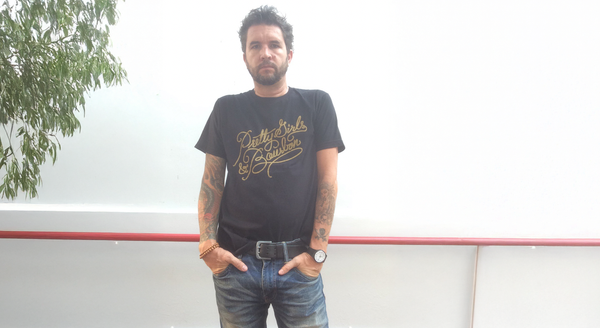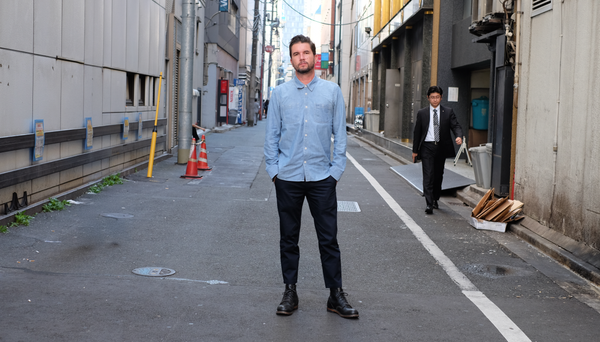Wabi-Sabi in the Age of AI Perfection
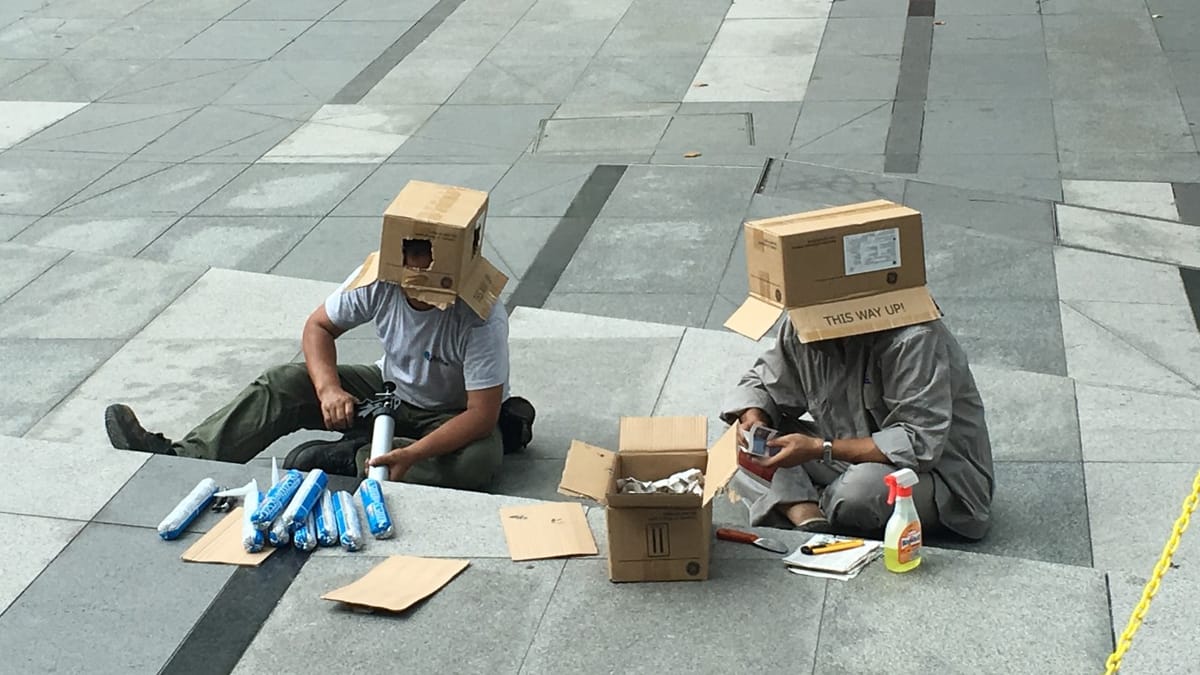
I first heard the word Wabi-Sabi over 40 years ago, while in design school. It wasn’t a buzzword then—just a whisper of an idea. A gentle challenge to the Western obsession with symmetry and shine. A way of seeing beauty in what was weathered, worn, and incomplete.
The term itself is rooted in ancient Japanese aesthetics. Wabi originally referred to a kind of rustic simplicity, an appreciation for the quiet, the humble, and the natural. Sabi spoke to the beauty that comes with time - of age, of wear, of impermanence. Together, Wabi-Sabi suggests a worldview that embraces transience, asymmetry, and imperfection. It’s an antidote to the polished and pristine. A reverence for what is real, fleeting, and flawed.
My love of photography brought it home. A shadow that fell the wrong way. A subject blinking. A frame that leaned a little left. At the time, I would have considered these as mistakes. Now I recognize that they were the details that made the image alive.
Ironically, photography became my White Rabbit, the muse I followed into the world of AI generated imagery.
We live in a time when the AI tools we use are designed to optimize, enhance, and perfect. They clean up the edges, remove the wrinkles, and blur out the inconvenient truths. The algorithm favors the flawless.

We are not flawless creatures. We are not flawless tribes.
I don’t think we’re built to love perfection. We’re built to respond to texture. To tension. To surprise. We’re drawn to the crack in the vase, the grain in the wood, the patina on the metal. In nature, there are no perfect circles. No straight lines. The beauty is in the uneven.
When I create AI-generated imagery today, especially with all the possibilities AI offers, I find myself pulled back to Wabi-Sabi. Not as a filter, but as a way of being, a reminder to leave room for the unpredictable, the organic, the odd.
The Flawed Machine and the Mind That Sees
Today, we’re surrounded by tools that promise perfection. Nowhere is this more visible, or seductive, than in the world of AI.
The systems we use, the language models, image generators, and voice clones, give us fast, confident answers. They present their outputs with a kind of assured authority, dressed in complete sentences or beautifully rendered scenes. It’s easy to believe what they produce is “right.” That it’s finished. That it’s the truth.
But it’s not.
AI doesn’t understand the world. It predicts it. Every answer is a guess, drawn from a past it doesn’t remember and offered as a future it can’t see. And yet, it’s compelling. Useful. Even magical, sometimes.

Don’t stop at the answer.
Pause. Look again. Feel your way around the edges of what was generated, be it text or image.
Ask yourself not just is this correct but is this meaningful?
Wabi-Sabi teaches us that the beauty is not in completion, but in contemplation. AI can produce astonishing output, but it takes a human eye to notice what’s missing. To find the cracks where something new can grow. To question what appears perfect. To shape it into something with soul.
We connect, as people, not through flawless execution, but through shared vulnerability. It’s our imperfections, our quirks, our doubts, our awkward moments, that make us relatable. That make us us. History has taught us again and again that chasing perfection, aesthetic, moral, ideological, is a dangerous game. It narrows us. It isolates us.
What if we approached AI not as a perfection engine, but as a practice ground? A place to explore, iterate, stumble, and refine, not just what it gives us, but who we become when we work with it?
Maybe that’s the real beauty of this moment. We’ve been handed tools of immense power, but their real value comes when we use them slowly, deliberately, with a willingness to see what they get wrong. And then decide, as humans, how to make it better, how to make it ours.
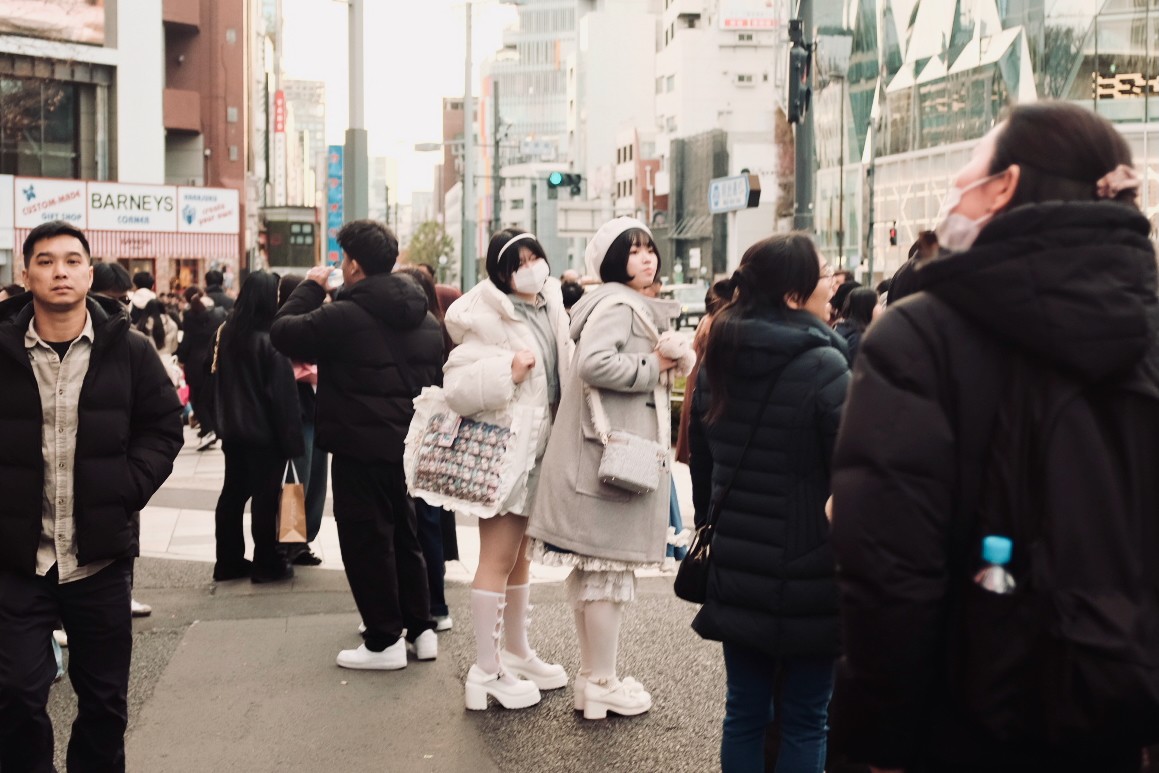
The Black Cat Moment
There’s a moment in The Matrix, small, almost throwaway, when Neo sees a black cat walk past a doorway. A second later, he sees it again. Same cat. Same walk. Déjà vu.
To him, it’s just a glitch. But to those who know the system, it’s a signal. Something has changed. The illusion is faltering. The perfect world is cracking at the seams.
That’s the power of noticing flaws.
Wabi-Sabi isn’t about resisting technology. It’s about resisting the temptation to believe the surface is all there is. It’s a mindset of deeper attention. A practice of appreciating what’s underneath the polished veneer.
That black cat? It’s an invitation to see past perfection and into possibility.
That same invitation is at the heart of my book – “To Question Is to Answer: How to Think Critically in the Age of AI.” It’s not a guide to getting the most answers out of AI, but a way to ask better questions—the kind only humans can ask. It’s about staying awake to nuance, finding space for reflection, and embracing the beautiful, necessary tension between machine speed and human depth.
Because in the end, the future of AI isn’t just about what it can do. It’s about who we choose to be with it.
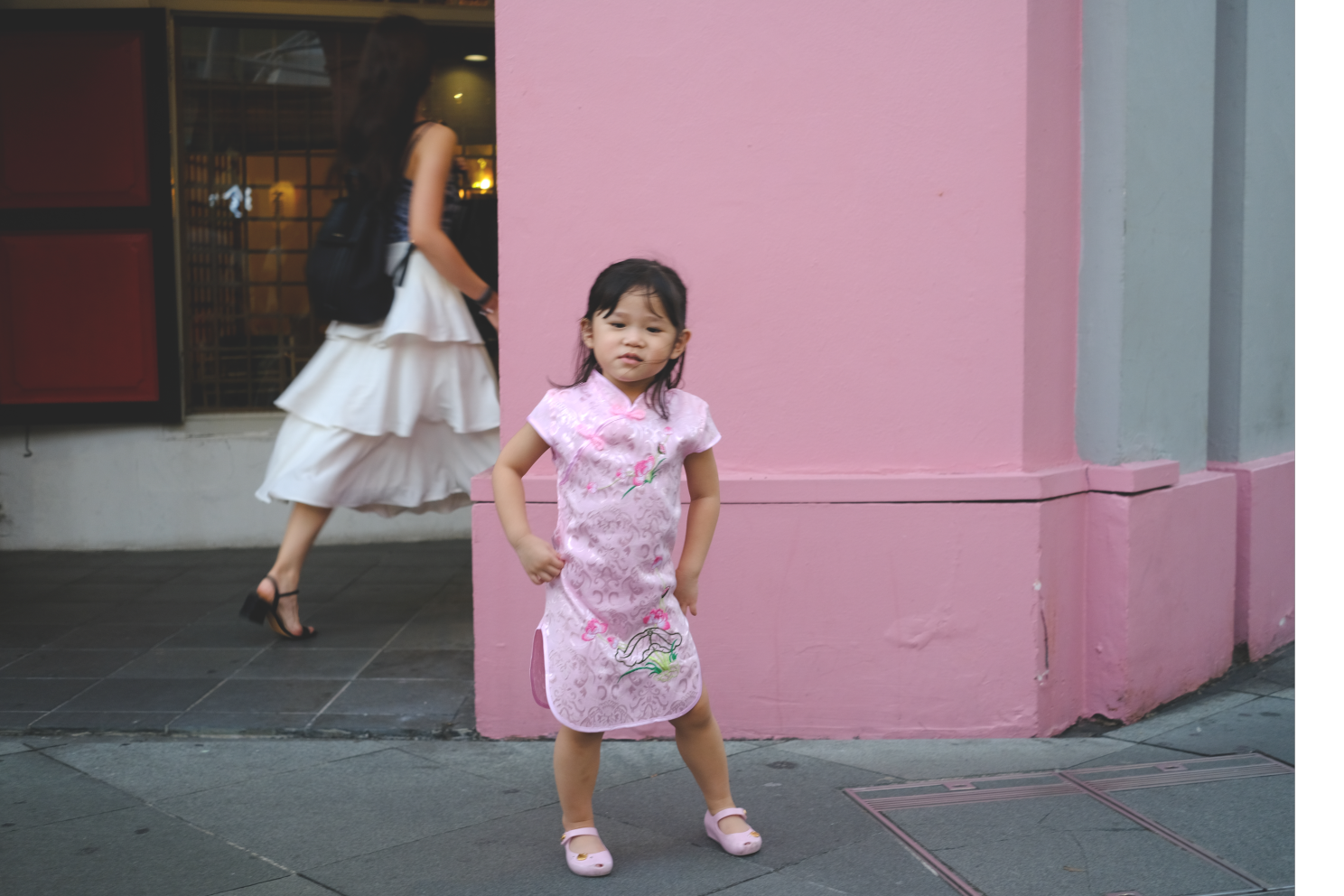
Let’s not just use AI better, let’s think better with AI.
If you’re a leader navigating this moment, the challenge isn’t just adopting AI tools. It’s cultivating a culture that knows when to pause, when to question, and how to bring human values to machine speed.
I work with teams and organizations who want more than efficiency. They want meaning, clarity, and connection in the way they engage with AI.
If that sounds like where you’re headed, let’s talk.
Let’s build systems that serve people.
Let’s teach teams to think with intention.
Let’s design futures where imperfection isn’t a bug—but a feature of what makes us human.
